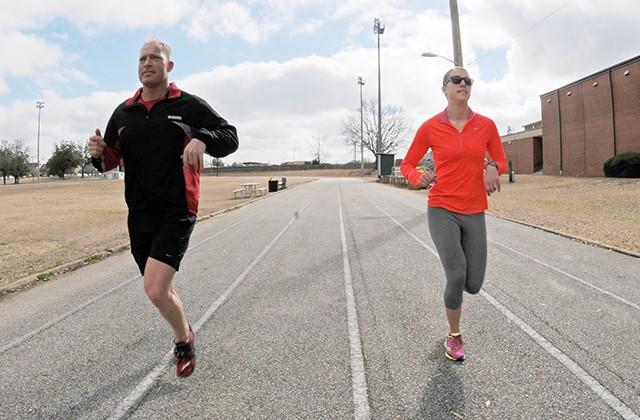At least 150 minutes (2.5 hours) of moderate physical activity—or 75 minutes (1.2 hours) of vigorous exercise—weekly was linked to a lower risk of COVID-19 infection, hospitalization, severe illness, and death during periods dominated by the Beta and Delta variants, according to a systematic review and meta-analysis published yesterday in the British Journal of Sports Medicine.
A University of Valencia researcher in Spain led the analysis of 16 studies that assessed the link between regular physical activity and one or more COVID-19 outcomes in 1,853,610 adults published from November 2019 to March 2022. Average participant age was 53 years, and 54% were women.
The included research included cross-sectional, case-control, prospective cohort, and retrospective observational studies from Africa, Asia, North and South America, and the Middle East.
No additional benefits seen beyond target
Compared with their sedentary peers, adults who engaged in moderate physical activity for at least 150 minutes or vigorous exercise for at least 75 minutes per week were at lower risk for COVID-19 infection (-11%), hospitalization (-36%), severe COVID-19 (-44%), and COVID-related death (-43%). The relative risks (RRs) for regular exercisers were 0.89 for infection, 0.64 for hospital admission, 0.66 for severe illness, and 0.57 for COVID-related death.
The dose-response relationship between physical activity and severe illness and death was nonlinear. No additional benefits for any outcome were seen beyond the physical activity targets.
The researchers noted that regular physical activity has been associated with the reduction of risk factors for poor COVID-19 outcomes, such as obesity and type 2 diabetes, and may boost immunity and anti-inflammatory responses and reduce the negative effects of stress.
"Another possible explanation for our findings is the level of cardiorespiratory and muscular fitness of the individuals, as both likely play a pivotal role in explaining the protective effect of physical activity on COVID-19 hospitalisation, severity, and mortality," they wrote.
The team added that the goal is to ensure that people of all backgrounds have equitable access to physical activity, because those with low socioeconomic status or who live in low- or middle-income countries may face barriers such as limited resources, residence in communities with poor access to parks or low walkability, and costs associated with participation in organized sports.
"These findings may help guide physicians and healthcare policymakers in making recommendations and developing guidelines with respect to the degree of physical activity that can help reduce the risk of adverse COVID-19 outcomes at both the individual and the population level, especially in high-risk patients," the authors concluded. "Given the heterogeneity and risk of publication bias, further studies with standardised methodology and outcome reporting are now needed."

















